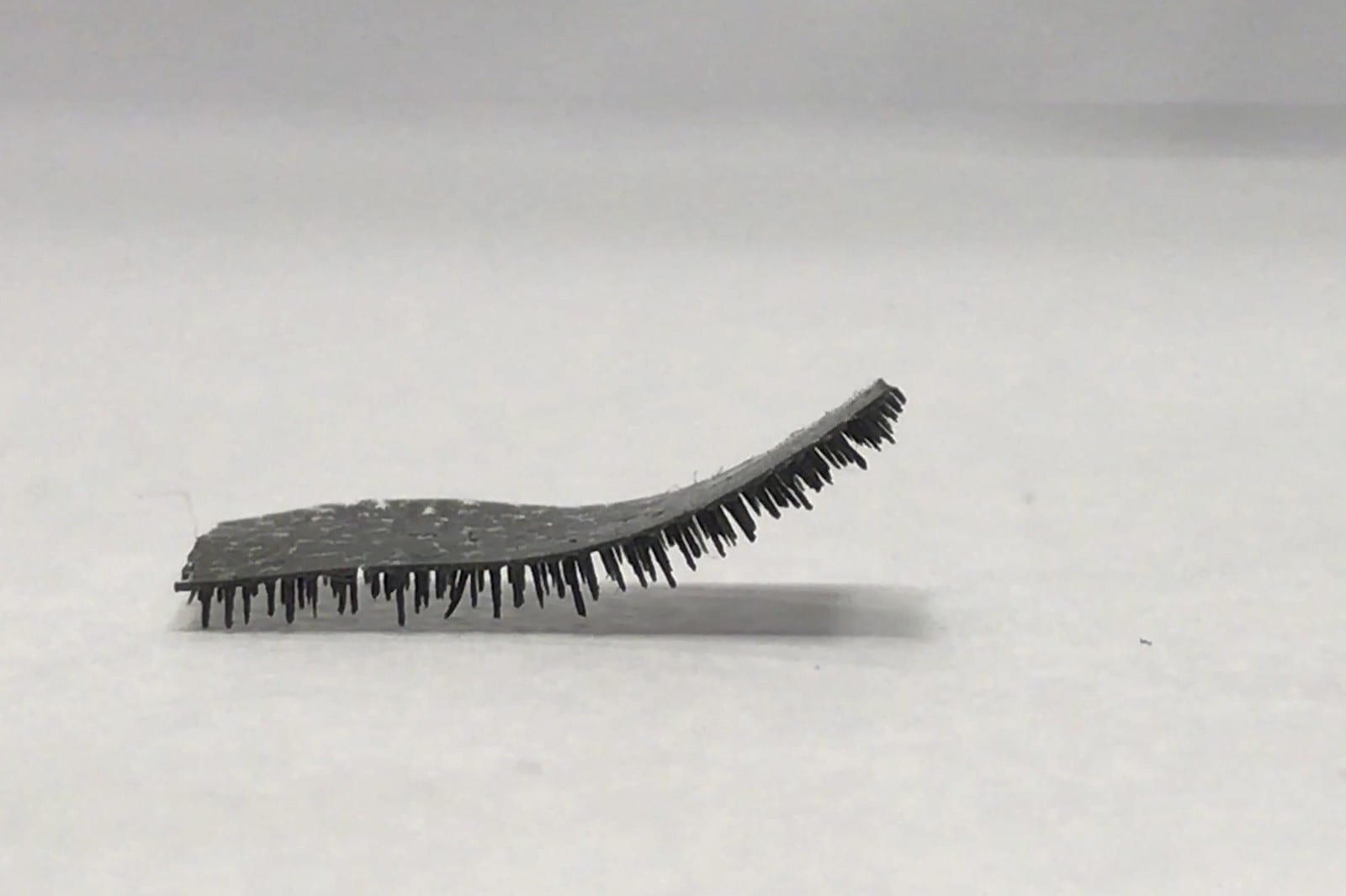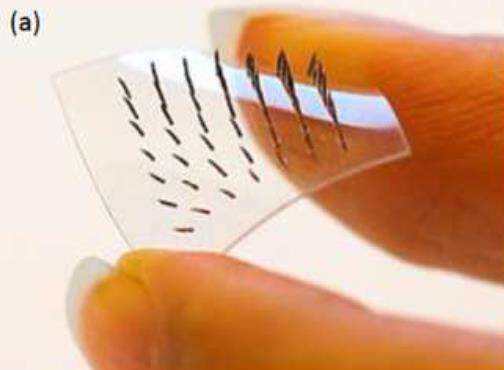
Tiny machines like nanorockets are ideal candidates for drug delivery in the human body. Chemists at Radboud University now demonstrate the first complete movement regulation of a nanorocket, by providing temperature responsive brakes. An interesting feature for practical applications, since temperature sensitivity enables the rocket to stop in diseased tissues where temperatures are higher.
The soft nanosystems that the bio-organic chemists at Radboud University work with self assemble, which means that they spontaneously form functional units. This allows the nanorockets to change shape, making them ideal candidates for containing cargo like medicine. ‘Our biggest challenge is to provide our nanorockets with various functionalities’, says Daniela Wilson, head of Radboud University’s Bio-organic chemistry department and Nanomedicine theme leader ‘We now demonstrate the first molecularly built brake system, enabling the rockets to start and stop at desired locations.’
https://youtu.be/IaPyQpC6ZOk
Temperature responsive brakes
The brakes consist of brushes made of polymers – long chains of responsive units – that grow onto the surface of the nanorockets. These brushes swell or collapse in response to the environmental temperature and in this way regulate fuel access to the rocket; in this case H2O2, hydrogen peroxide. Their sensitivity is high, as is shown by the fact that the brushes immediately collapse at a temperature of 35 degrees Celsius or higher, making the machine stop. ‘This all happens without affecting the catalytic activity or the shape of the nanorocket’, explains Wilson. ‘Therefore, nanorockets equipped with this valve system are able to move with great efficiency in water, even at low concentrations of fuel.’

Figure 1. Left side: in temperatures below 35 degrees Celsius, the brushes swell, opening up the valve, allowing fuel inside and propelling the nanorocket forward. Right side: when the temperature rises above 35 degrees Celsius, the brushes collapse, closing off the valve and stopping the supply of fuel, and thus the movement (copyright: Nature Chemistry).
Magnetic field acts as steering wheel
In another publication in Advanced Materials, Wilson and colleagues show how low
magnetic fields can act as a steering wheel for the nanorockets. By growing magnetic metallic nickel into the core of the rockets, magnetic field can be used to guide and steer the rockets into desired directions.
But, there’s always room for improvement. Wilson: ‘What would be even more interesting than temperature responsive brakes, is a system that responds to light. This would allow us to start or stop a nanorocket by shining a laser light on it. Furthermore, even though our nanorockets are not toxic to living cells, they are not completely biodegradable yet. And of course that is one of the prerequisites for their use as medicine carriers in the body. These are only some examples of the next challenges for our group!’
Learn more: Nanorockets now available with brakes and a steering wheel
[osd_subscribe categories=’nanorockets’ placeholder=’Email Address’ button_text=’Subscribe Now for any new posts on the topic “NANOROCKETS”‘]
Receive an email update when we add a new NANOROCKETS article.
The Latest on: Nanorockets
[google_news title=”” keyword=”nanorockets” num_posts=”10″ blurb_length=”0″ show_thumb=”left”]
via Google News
The Latest on: Nanorockets
- Feed has no items.
via Bing News










